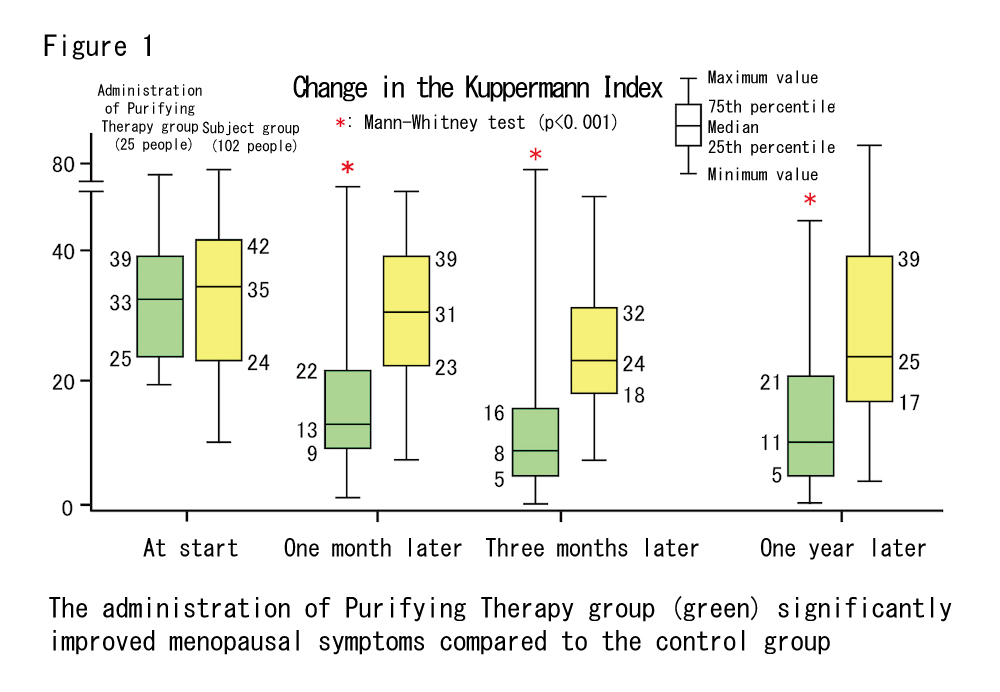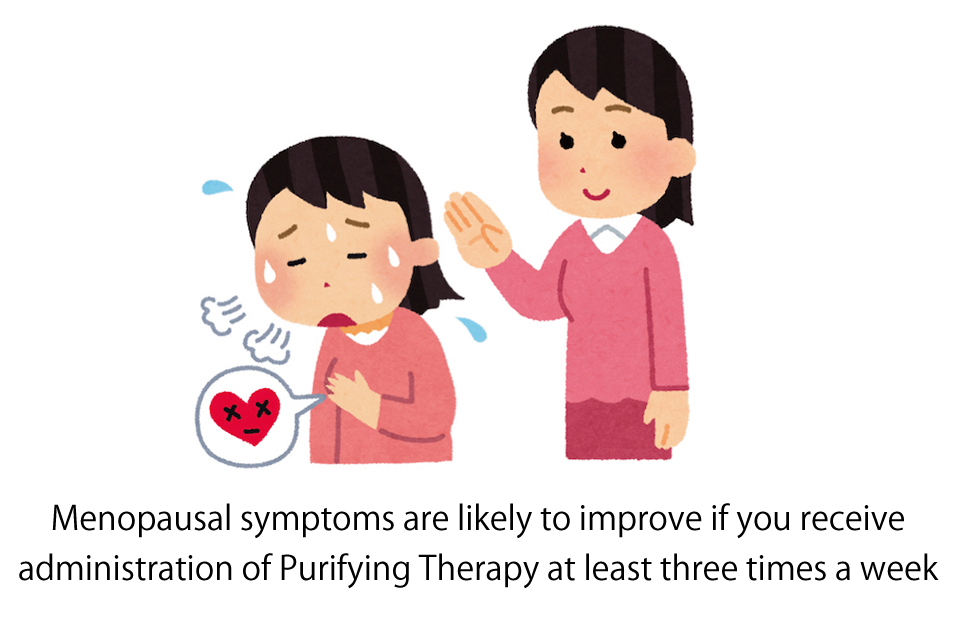Kiyoshi Suzuki, MD, PhD
President, MOA Health Science Foundation
To summarize the changes in symptoms before and after receiving the Okada Purifying Therapy that I talked about so far, more Japanese people answered that all of their symptoms such as body pain, anxiety, depression, and palpitations improved after the administration of Purifying Therapy. It was about 70%, but the improvement rate differed depending on the motivation, location, and duration of the administration of Purifying Therapy, and the improvement rate also differed between men and women (see the previous article).
In international surveys, the Japanese had the lowest rate of improvement, with more than 80% of Asians and Americans and more than 90% of Latin Americans saying they had improved (see previous survey). This was the world’s first report of an international survey of Energy Healing, and there was a great response from all over the world since there was quite a difference in the improvement rate between countries.
This time, I will talk about the effect of Purifying Therapy to those who received continuously. A relatively easy way to check it is to divide people with the same disease or symptoms into two groups. See if there is a difference in the improvement rate between those who received the administration of Purifying Therapy and those who did not. If there is no difference between the two groups by this method, there is not much point in further investigation.
The late Dr. Michiko Hatayama of the Tokyo Wellness Center investigated the effects of continuous Purifying Therapy administration on menopausal syndrome. Full-scale clinical research on Purifying Therapy began with her research, so I will first introduce this content. If you are interested, please read the Japanese (2009;12:13-19) and English (2009;12:5-12) papers in the MOA Health Science Center Research Report.
1.Research purpose and research method
In the spring of 2003, out of 127 patients with menopausal syndrome (hot flashes, palpitations, irritability, etc.) who visited Dr. Hatayama’s outpatient clinic at the MOA Takanawa Clinic in the Tokyo Wellness Center, 25 of them underwent administration of Purifying Therapy every day for three months. They received about three administrations of Purifying Therapy each week for nine months (administration of Purifying Therapy group). The remaining 102 patients visited the Tokyo Wellness Center once every month for several months and underwent administration of Purifying Therapy at that time (control group).
She investigated how the symptoms changed over the course of one year in each group. The severity of symptoms was measured using the Kupperman index (questionnaire for determining the severity of menopausal syndrome).
2.Research results
 See the “boxplot” in Figure 1, which shows the change in the Kupperman index for each group. You can see how the data fluctuates. The top and bottom horizontal lines indicate the minimum and maximum values, and the middle box contains 50% of the data. The horizontal line in the box is the middle value (median). A lower number indicates a milder symptom.
See the “boxplot” in Figure 1, which shows the change in the Kupperman index for each group. You can see how the data fluctuates. The top and bottom horizontal lines indicate the minimum and maximum values, and the middle box contains 50% of the data. The horizontal line in the box is the middle value (median). A lower number indicates a milder symptom.
There was no difference between the two groups at the start of the survey, but the percentage of people who became 22 or less after one month was 75% in the administration of Purifying Therapy group, but less than 25% in the control group. Three months later, the numbers were even lower. In the administration of Purifying Therapy group, the frequency of receiving administration of Purifying Therapy decreased to about three times a week after three months, but it can be seen that the value after one year was still significantly low.
Another important thing is that there was no difference between the two groups in the maximum values after one month and three months, indicating that some people did not improve their symptoms even after receiving the administration of Purifying Therapy every day.
 Menopausal syndrome is a symptom that occurs due to a decrease in female hormone (estrogen) secretion during menopause, so in a general any woman experiences it to some extent. For those who suffer from painful symptoms, I recommend that such person receive the administration of Purifying Therapy at least three times a week. However, there are some people whose symptoms did not improve even if they received administration of Purifying Therapy every day, so I cannot say that everyone will definitely get better.
Menopausal syndrome is a symptom that occurs due to a decrease in female hormone (estrogen) secretion during menopause, so in a general any woman experiences it to some extent. For those who suffer from painful symptoms, I recommend that such person receive the administration of Purifying Therapy at least three times a week. However, there are some people whose symptoms did not improve even if they received administration of Purifying Therapy every day, so I cannot say that everyone will definitely get better.
Dr. Hatayama also investigated female hormone levels, and found that female hormone levels remained low even in those whose symptoms had improved. In other words, it seems that the administration of Purifying Therapy did not change the female hormone level, but that the autonomic nervous system was stabilized and the symptoms were improved by calming down mentally.
So, are Purifying Therapies effective against serious illnesses?
Next time, I will talk about the effect of Purifying Therapy on sickle cell anemia, a genetic disease found in people of African descent. Please look forward to it.
【Profile】
Kiyoshi Suzuki
Graduated from Tohoku University School of Medicine in 1981. medical doctor. After working as Deputy Director of Pediatrics at Sakakibara Memorial Hospital, Seijo Clinic, (Medicine) Gyokusenkai MOA Takanawa Clinic and Tokyo Medical Clinic Director, president of MOA Health Science Center and Honorary Director of Tokyo Medical Wellness Center. Director of The Society for Integrative Medicine Japan and Chairman of the International Committee. In 1994, he received the Young Investigator’s Award from the Japanese Society of Pediatric Cardiology.






